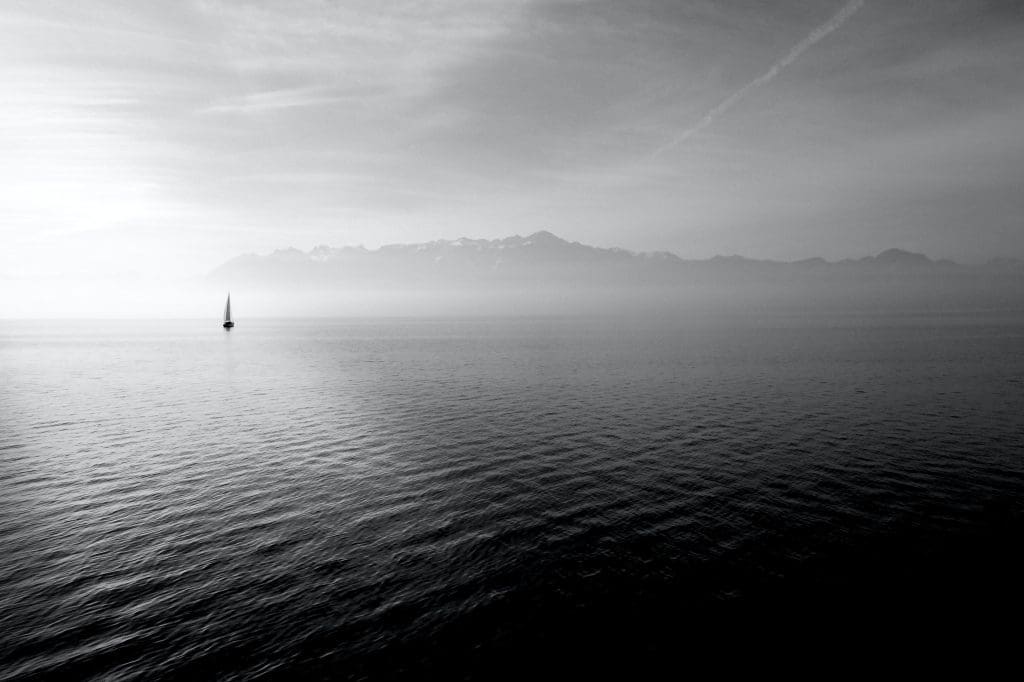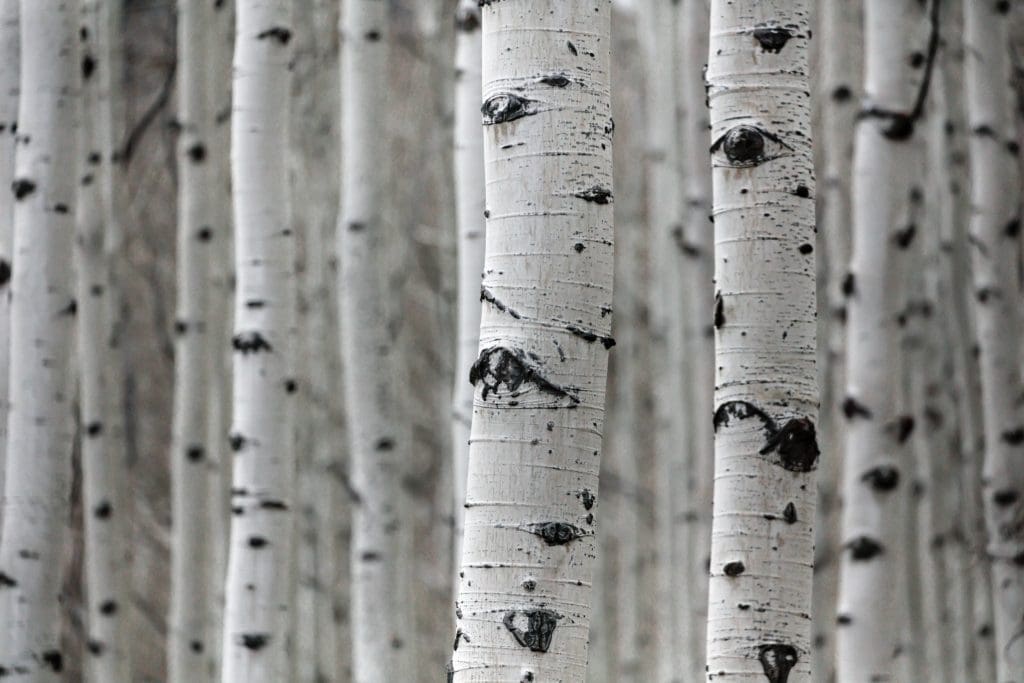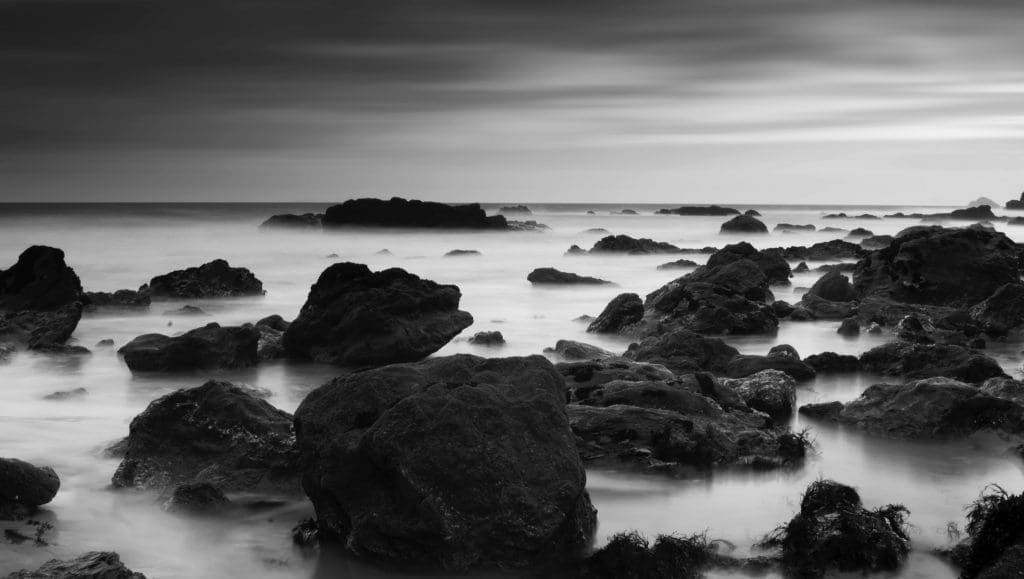If landscape photography means only colorful compositions to you, it’s time to change your mind. Black and white is a powerful aesthetic that can take your landscape photos to the next level. The lack of color forces you to focus on other aspects, hence diversifying your compositions. It also can hide elements you don’t want in the frame but can’t avoid and help you take better shots in less than ideal lighting conditions. Here is why you must try black and white landscape photography right now.
A Pleading for Minimalist Photography
Minimalism is a concept that applies to all types of photography, including landscape photography. When you give up color, you eliminate an element from your composition and make it more straightforward. You also cut out the color contrast and meaning, two additional abstract details that can overpower your compositions.

Photo by Hugo Kerr on Unsplash
In a black and white composition, the viewer observes lines, gives a chance to texture and patterns, and uses more imagination. The story isn’t so easy to follow and requires focus and determination. By reducing the number of elements, you create a more profound visual account. In this case, less is more applies.
A Focus on Geometry
Instead of focusing on light and changing the landscape, black and white landscape photos concentrate on shapes and lines. You don’t have to wait for the perfect lighting conditions. You can take black and white landscape photos at any time of the day, including midday. A dull bluish sky becomes a shade of gray that doesn’t ruin your composition. It is just a negative space that enhances the other elements. Colorful foliage doesn’t distract the viewer either. It just provides some texture.

Photo by Patrick Hendry on Unsplash
Black and white landscape photos require strong shapes, are easy to recognize, and are memorable. They love sharp peaks and curvy hills, the determined course of a river, the straightness of a tree. They also work very well for flat landscapes such as coastlines, lakes, and fields. Make sure you balance the shapes and lines well, and your compositions will be striking.
An Insight into Feelings
Black and white photography is theatrical, dramatic, and emotional. Without colors, the viewer is forced to look beyond the frame and evaluate feelings and emotions. Black and white landscape photos are impressive regardless of your subject matter. Accentuate contrast by using long exposures and stamp your mark on your photos. Dark compositions may convey sadness or sorrow, while bright compositions may convey coldness or joy. Each composition is different, and it’s up to you to add meaning to it. See what the landscape speaks to you and capture that feeling into your photos.

Photo by David Marcu on Unsplash
Don’t use black and white conversion tools to see how a color photo looks in black and white. Take monochrome photographs directly in your camera. Use colored filters to change the shades of gray of particular colors and compose in black and white from the beginning.
Black and white landscape photos are something to try, even if the black and white aesthetic is not your thing. It will help you see colors from a different perspective. Also, you’ll learn to observe the details of the landscape and incorporate them in your color photos as well.
Cover Photo by Cristina Gottardi on Unsplash

